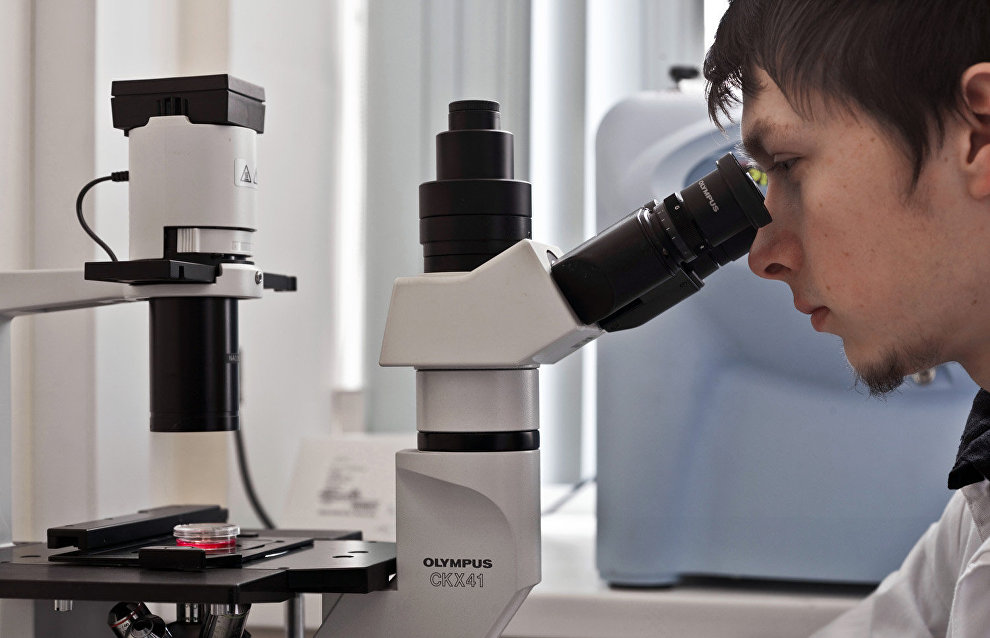Russian scientists bring back to life amebae that stayed in Arctic permafrost for 60,000 years
Russian scientists have discovered new amebae (unicellular organisms) in the Arctic's permafrost and have brought them back to life after they had been frozen for 30-60,000 years, TASS said.
"We placed defrosted soil samples into a nutrient medium in Petri cups (laboratory glassware), then the amebae came out of their cysts and began feeding and breeding like the ordinary organisms," said Alexei Smirnov, an associate professor at St. Petersburg State University who led the research, which also involved experts from the Institute of Physical-Chemical and Biological Problems in Soil Science at the Russian Academy of Sciences.
He said cysts are a hibernating stage of an organism's life when it gets covered with a thick multi-layer coating. In this state, all processes are slowed down. "Nobody expected such a long-term [hibernation] — that's the main point of our discovery," Smirnov said.
Permafrost samples of various ages, origins and temperatures had been taken from the Gydan and Bykovsky peninsulas on the Yana-Indigirka and Kolyma lowlands. Researches singled out 26 types of revivable amebae, including eight new types which have not been classified yet, described a new Flamella genus ameba, and also found the Acanthamoeba, Acramoeba and Phalansterium amebae already known to science. The research was conducted in 2012-2016 by the St. Petersburg State University labs, the Breeding Microorganisms and Molecular and Cell Technologies Development resource centers of the university's research park and in the soil cryology lab of the Institute of Physical-Chemical and Biological Problems in Soil Science (in Pushchino near Moscow).
"The unicellular organisms found in permafrost are sort of a photo print of the evolution frozen in time," Smirnov said. "If we find their direct offsprings in modern fauna of the same area, we will get the clue to how these organisms' genes have evolved over the 60,000 years." This would pave the way to addressing more significant research goals — to date the most important events in the history of evolution based on how fast living organisms' genes changed.
